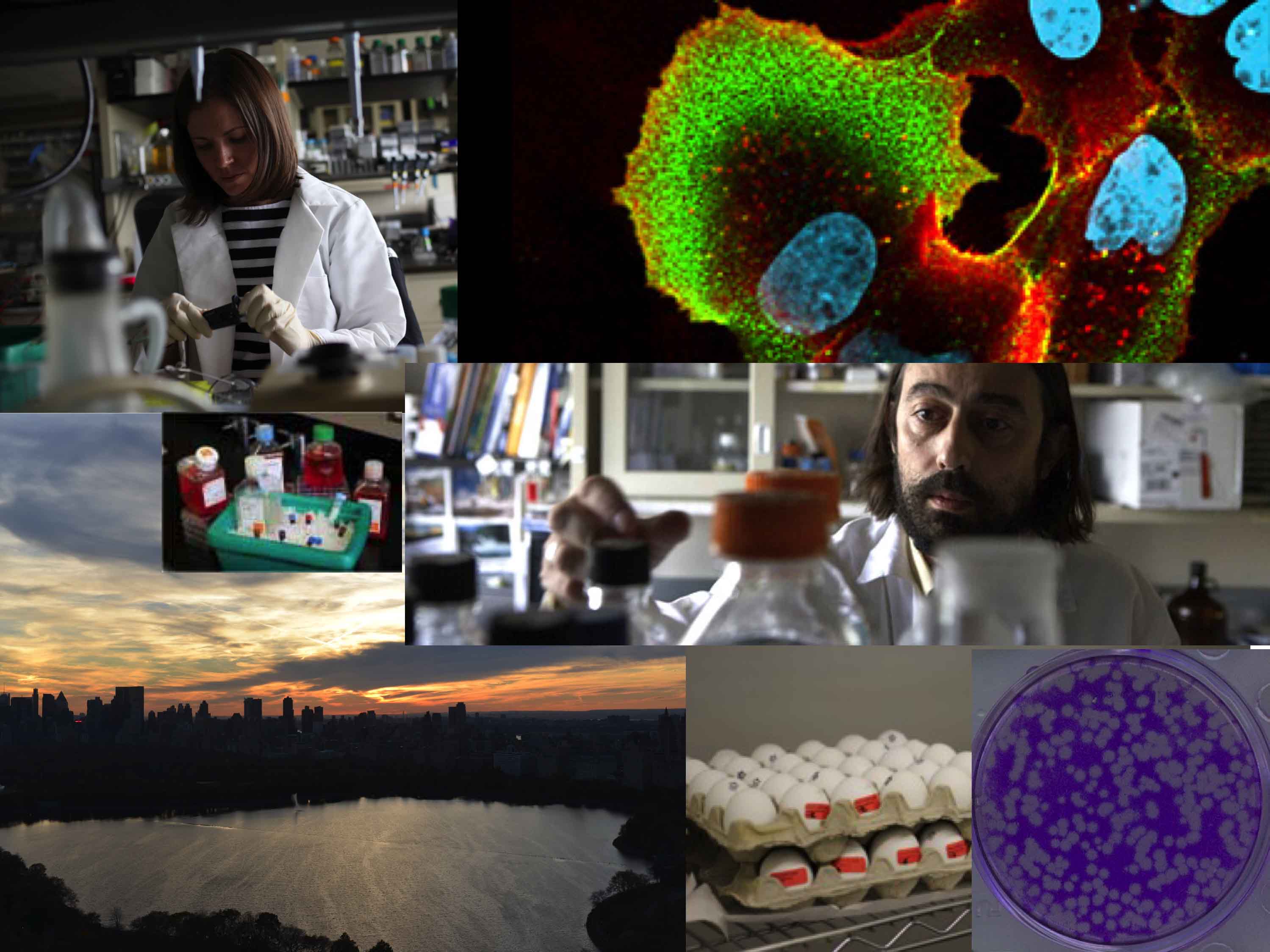Research in the García-Sastre lab focuses on a wide variety of viral pathogens, as well as host-pathogen interactions, and vaccine and anti-viral drug development.
A major focus of the lab is on influenza virus research. Influenza viruses are globally important human pathogens infecting up to 500 million people annually. With the recent emergence of highly pathogenic avian influenza (HPAI) strains, there is a pressing need to understand the pathogenesis of influenza A and develop vaccines and therapies. The García-Sastre laboratory investigates the molecular biology of influenza viruses and several other negative strand RNA viruses. Dr. García-Sastre’s lab developed reverse genetics techniques that allow for the generation of recombinant influenza viruses from plasmid DNA. This work has led to major breakthroughs in revealing the molecular basis of influenza virus pathogenicity.
Dr. García-Sastre directs the Center for Research on Influenza Pathogenesis (CRIP), one of five NIAID Centers of Excellence for Influenza Research and Surveillance (CEIRS). The CEIRS program is an integrated network of centers that perform influenza virus surveillance and research. CRIP is comprised of a multidisciplinary team of scientists from a number of institutions across the globe.
Dr. García-Sastre is also head of the Global Health and Emerging Pathogens Institute at Mount Sinai. This program supports translational antimicrobial research on a number of viral pathogens, including influenza virus, HIV, dengue virus, Ebola virus, and hepatitis C virus.




